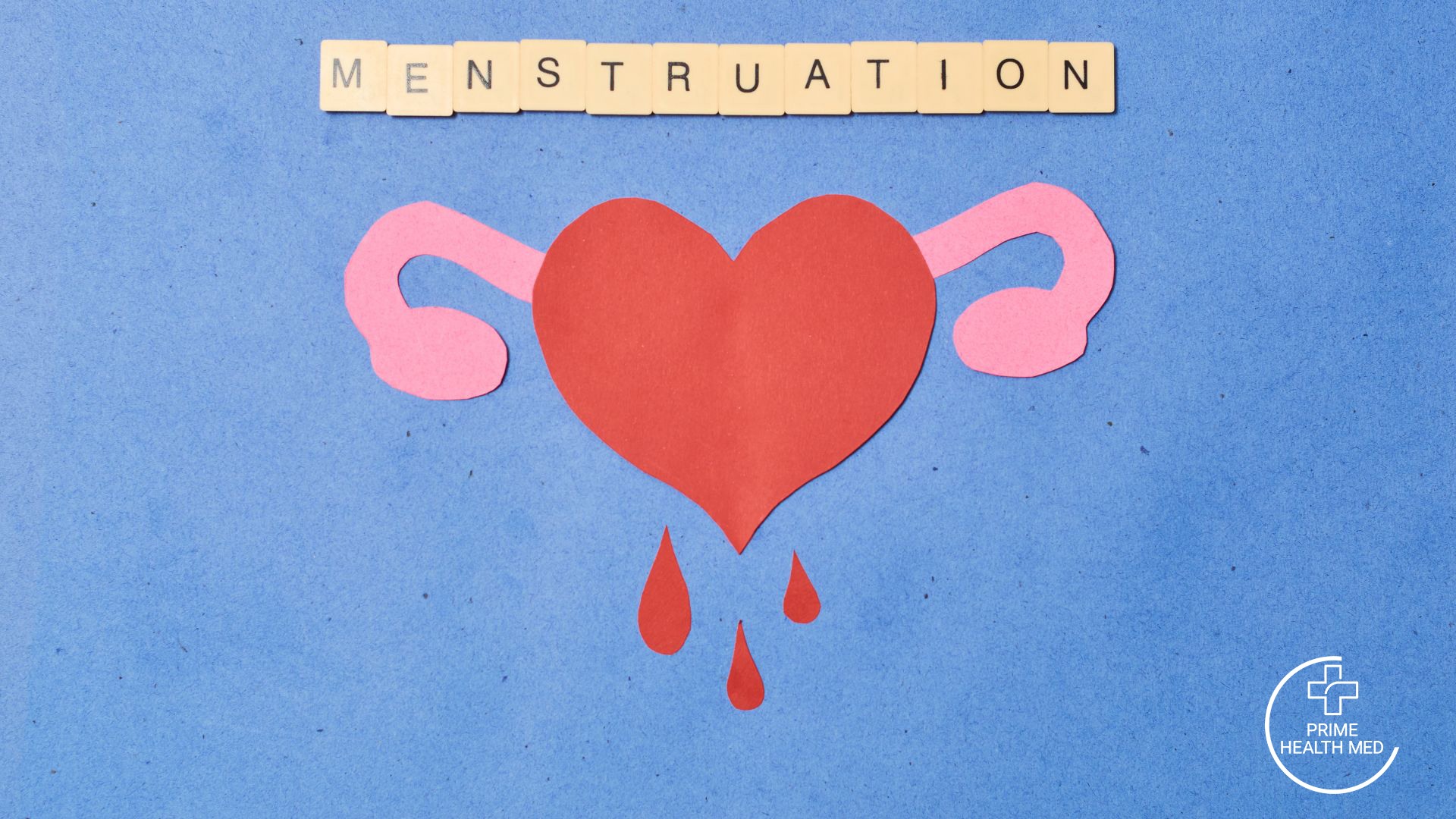
First period: what you need to know
During puberty, the girl's body begins to change from the inside out and gradually takes on its female form.
Menstruation is a normal process that marks the beginning of this change. The age at which it can occur varies with the most common being ages close to puberty.
What is the period
When puberty begins, our body produces hormones that prepare the body for an upcoming pregnancy. With the onset of period, various changes begin to take place within the body, with some being visible externally, such as breast growth, an increase in hair growth in areas such as the armpit and pubic area, etc.
Period symptoms and treatment
The period is often accompanied by a variety of symptoms, which can range from mild to more severe. Cramps in the lower abdomen and back are common, especially at the beginning of the period, and some girls may experience headache, dizziness, increased appetite or weakness due to blood loss. However, these symptoms can be effectively treated with painkillers, proper diet, gentle exercise and the use of a hot water bottle to relieve pain.
Parents' role
Parents have an important role in providing the right information and support. A calm and positive attitude will help the child to see menstruation as a normal part of their life. It is important to create a safe environment where the girl can talk openly about her questions and concerns.
First period should not be a source of stress, but a natural progression in development. With proper preparation and information, girls can feel confident and secure in this new stage of their lives and enjoy it.
 El. Venizelou 220, Limenas Hersonissos 700 14
El. Venizelou 220, Limenas Hersonissos 700 14 (+30) 2897 302 900
(+30) 2897 302 900 info@primehealthmed.gr
info@primehealthmed.gr